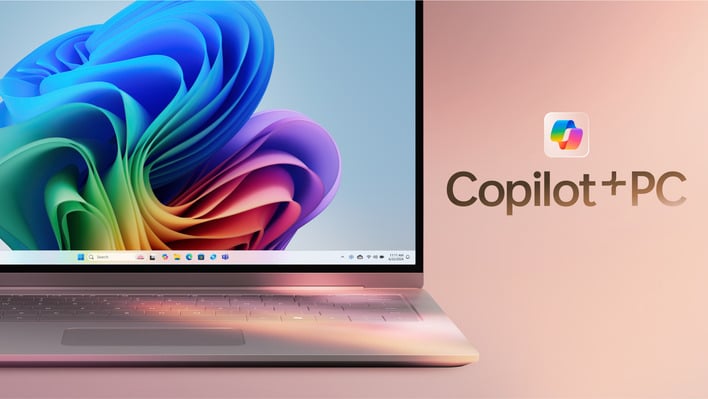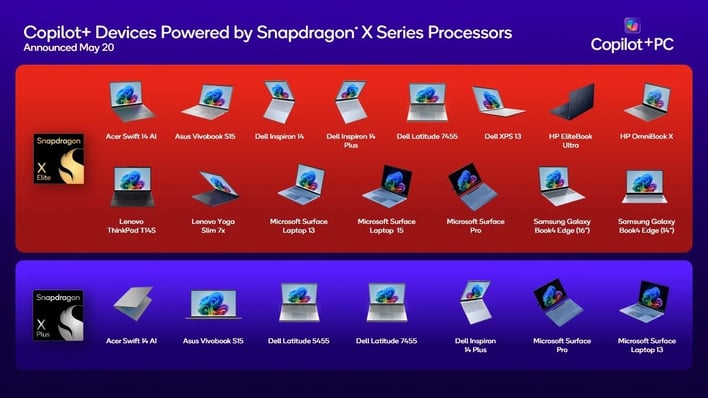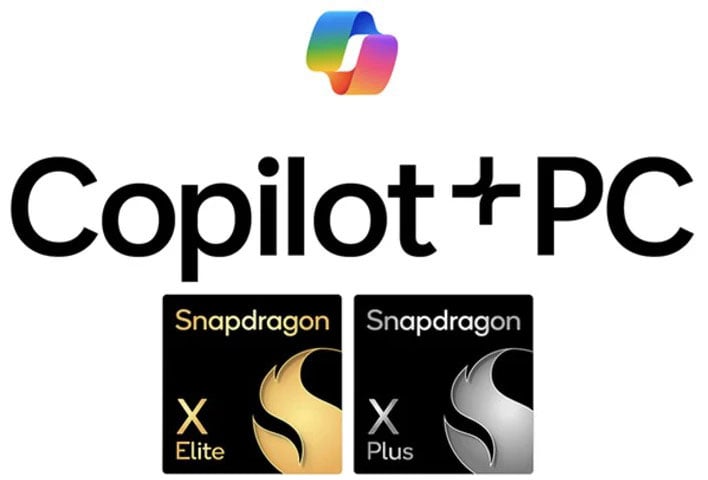
Microsoft is looking to properly kick off the AI in PC era with its Copilot+ PC initiative the company is debuting at this year’s Microsoft Build conference, and Qualcomm will play a big role in the rollout. Qualcomm will be working with several hardware OEM manufacturers including Acer, ASUS, Dell, HP, Lenovo, Samsung, and Microsoft itself to bring a variety of devices powered by the company’s new Snapdragon X series of PC chips.
The reason for this Copilot+ PC push is that these devices will now come with NPUs (Neural Processing Units) onboard, alongside traditional CPU and GPU engines users are accustomed to working with. It’s also why Microsoft seems to be favoring Qualcomm, as the company claims that its Snapdragon X Elite processor bests Apple’s M3 by up to 2.6X and Intel’s Core Ultra 7 by 5.4X with its NPU performance per watt.

With this new direction for PCs, Microsoft says that “We have completely reimagined the entirety of the PC – from silicon to the operating system, the application layer to the cloud – with AI at the center, marking the most significant change to the Window platform in decades.”
Ultimately, this means users will have access to SLMs (Small Language Models) than run on device, while also tapping into Microsoft’s Azure Cloud services for a more tightly integrated AI experience. Applications such as Microsoft 365 apps, Adobe, Davinci Resolve Studio, Capcut, Caphable, LiquidTextd, djay Pro will all be tapping into these new AI capabilities to increase user productivity.

This is a big shift for the PC industry, and Qualcomm has shown it means business with its custom Arm-core based PC platform solution chips, especially if it’s able to get this sort of preferential lime light by Microsoft as a key ecosystem partner. It appears as if the time for Windows on ARM to make good is finally here. It’s also quite impressive as to the sheer number of PC designs Qualcomm is chalking up today, with virtually all the major OEMs represented, some with their flagship models now offering a Snapdragon X variant. These devices will start to become available on June 18, shortly after the Computex time frame.